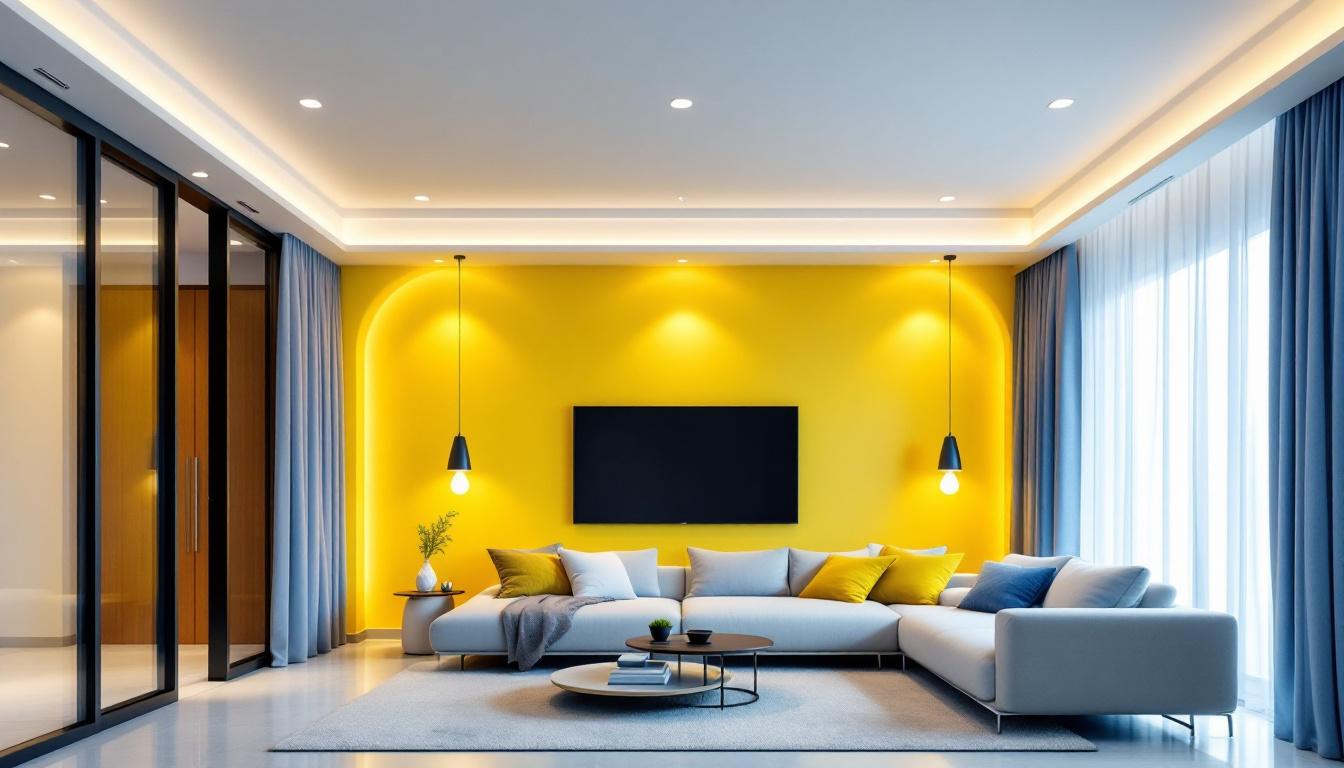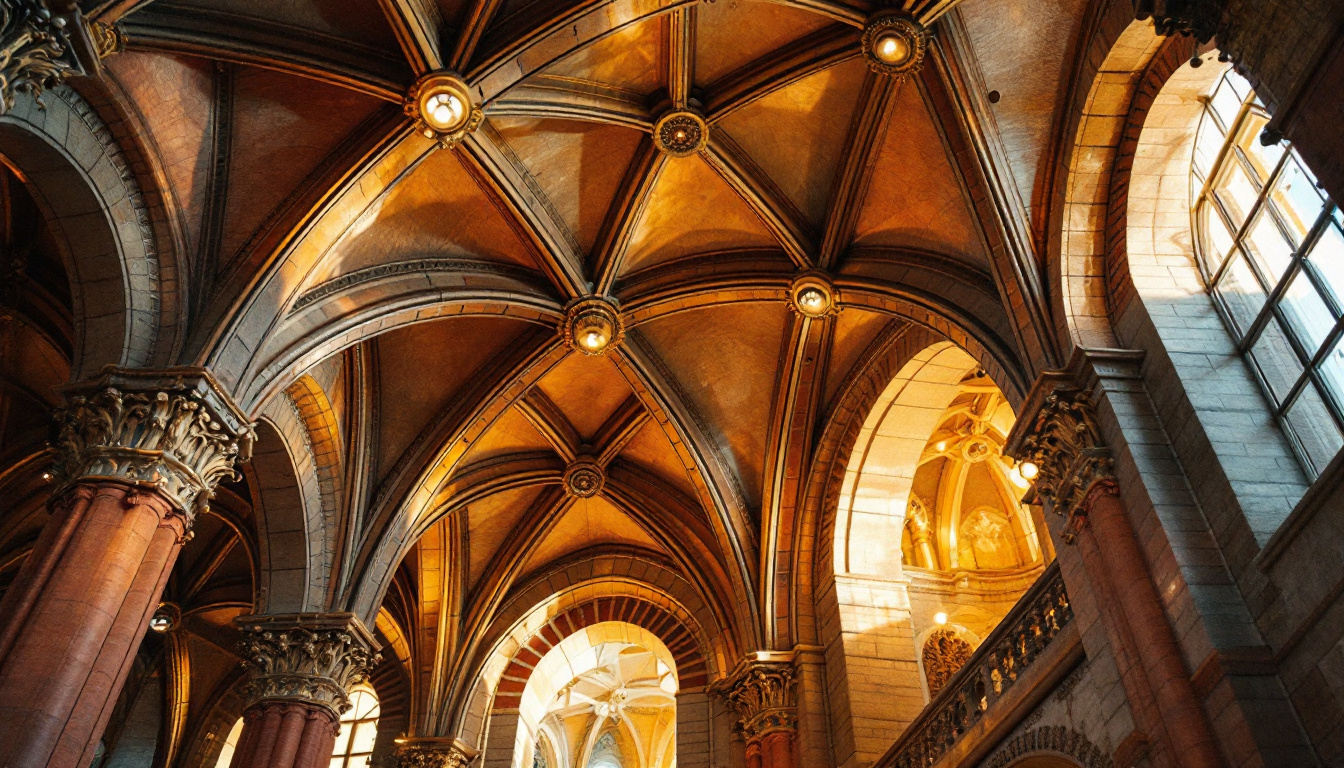
Lighting design has evolved significantly over the years, and recessed lighting has become a popular choice for both residential and commercial spaces. As lighting contractors, understanding the nuances of recessed lighting light bulbs is essential for delivering projects that not only meet current demands but also stand the test of time. This article delves into the various aspects of recessed lighting light bulbs, providing insights on how to future-proof lighting projects effectively.
Choosing the correct light bulb for recessed lighting is not merely a matter of brightness or wattage. It involves considering energy efficiency, color temperature, and longevity. Each of these factors plays a crucial role in the overall effectiveness and satisfaction of a lighting project.
Energy efficiency is a primary concern for many clients today. With rising energy costs and increasing environmental awareness, selecting bulbs that consume less power while providing adequate illumination is vital. LED bulbs have emerged as the frontrunners in this category, offering significant energy savings compared to traditional incandescent and halogen bulbs.
When recommending light bulbs, it is essential to highlight the benefits of LED technology. Not only do LED bulbs consume up to 80% less energy, but they also have a much longer lifespan—often lasting up to 25,000 hours or more. This longevity means fewer replacements, lower maintenance costs, and a reduced environmental footprint. Additionally, many LED options are now available with dimming capabilities, allowing users to adjust the brightness according to their needs, further enhancing energy savings and creating versatile lighting solutions.
Color temperature is another critical aspect that can influence the mood and functionality of a space. Measured in Kelvins (K), color temperature affects how a room feels. For instance, warmer tones (around 2700K-3000K) create a cozy atmosphere, making them ideal for living rooms and bedrooms. In contrast, cooler tones (4000K-5000K) are often preferred in workspaces and kitchens for their bright, clean appearance.
When working with clients, it is essential to guide them through the color temperature options available for recessed lighting. Offering a range of choices ensures that the final design aligns with the intended ambiance of the space. Moreover, it can be beneficial to consider the natural light available in the room. For example, a space with ample natural light may benefit from cooler bulbs to balance the warm tones of sunlight, while darker areas may require warmer bulbs to create a welcoming feel. Understanding how different color temperatures interact with existing lighting can greatly enhance the overall design and functionality of the space.
Understanding the various types of recessed lighting bulbs available on the market is crucial for making informed recommendations. Each type has its unique advantages and applications, which can significantly impact the outcome of a lighting project.
LED bulbs are quickly becoming the standard for recessed lighting due to their energy efficiency and versatility. They come in various shapes and sizes, including retrofit options that fit into existing fixtures. Additionally, many LED bulbs are dimmable, allowing for greater control over lighting levels and ambiance.
Moreover, the technology behind LED bulbs continues to improve, with advancements in color rendering and brightness. This means that lighting contractors can offer clients high-quality options that enhance the aesthetics of their spaces while being environmentally friendly. The long lifespan of LEDs, often exceeding 25,000 hours, means less frequent replacements, which not only saves money in the long run but also reduces waste. Furthermore, many LED bulbs are designed to be compatible with smart home systems, allowing users to control their lighting remotely or set schedules for added convenience and efficiency.
Halogen bulbs are a type of incandescent bulb that offers brighter light and improved energy efficiency compared to traditional incandescent options. They have a shorter lifespan than LEDs but are often favored for their warm light and excellent color rendering.
While halogen bulbs can be a suitable choice for specific applications, it is essential to inform clients about their energy consumption and shorter lifespan compared to LED alternatives. This information can help clients make informed decisions based on their priorities and budget. Additionally, halogen bulbs emit a significant amount of heat, which can be a consideration in terms of energy costs and safety. They are often used in settings where high-quality lighting is essential, such as art galleries or retail spaces, where the true colors of products need to be accurately represented. However, as energy efficiency becomes a higher priority for many consumers, the trend is shifting towards the adoption of more sustainable lighting solutions.
Compact fluorescent lamps (CFLs) were once a popular choice for energy-efficient lighting, but their use has declined with the rise of LED technology. CFLs are more energy-efficient than incandescent bulbs but less so than LEDs. Additionally, they contain small amounts of mercury, which requires careful disposal.
While CFLs may still be suitable for some applications, it is advisable to focus on promoting LED options due to their superior performance and environmental benefits. Furthermore, CFLs have a longer warm-up time, meaning they may not provide immediate brightness when switched on, which can be a drawback in areas where instant lighting is desired, such as hallways or entryways. As consumers become more aware of the environmental impact of their choices, the preference for LED lighting continues to grow, making it essential for lighting professionals to stay informed about the latest advancements in LED technology and its applications in various settings.
Future-proofing lighting projects is essential in a rapidly changing technological landscape. As new innovations emerge, ensuring that lighting installations can adapt to future developments is crucial for long-term client satisfaction.
Smart lighting technology is revolutionizing the way people interact with their lighting systems. Integrating smart bulbs and fixtures into recessed lighting designs allows clients to control their lighting remotely, set schedules, and even adjust color temperatures through mobile apps or voice commands.
When designing recessed lighting projects, consider recommending smart lighting options that can easily integrate with existing systems. This approach not only enhances the user experience but also positions the project as a forward-thinking solution that can adapt to future technological advancements.
Adjustable recessed lighting fixtures provide flexibility in directing light where it is needed most. These fixtures can be tilted or rotated, allowing clients to change the focus of their lighting as their needs evolve. This adaptability is particularly valuable in spaces that may undergo reconfiguration or changes in usage over time.
By incorporating adjustable fixtures into lighting designs, contractors can ensure that their projects remain relevant and functional, even as the client’s needs change.
Staying informed about energy codes and regulations is crucial for lighting contractors. As energy efficiency standards become more stringent, ensuring that recessed lighting projects comply with these regulations is essential for avoiding costly retrofits in the future.
Contractors should familiarize themselves with local building codes and energy efficiency programs. This knowledge not only helps in designing compliant systems but also positions contractors as knowledgeable professionals who prioritize sustainability and energy conservation.
Designing recessed lighting requires a keen understanding of both aesthetics and functionality. The placement, spacing, and type of fixtures can significantly impact the overall look and feel of a space.
Proper placement and spacing of recessed lighting fixtures are critical for achieving even illumination and avoiding dark spots. A common rule of thumb is to space fixtures approximately 4 to 6 feet apart, depending on the ceiling height and the type of bulb used.
When planning the layout, consider the purpose of the space and the desired lighting effect. For instance, in a kitchen, task lighting may be prioritized over ambient lighting, while living areas may benefit from a combination of both. Taking the time to plan the layout carefully ensures a well-lit and inviting environment.
Incorporating dimmer switches into recessed lighting designs enhances versatility and control over lighting levels. Dimming capabilities allow clients to adjust the brightness according to their needs, creating the perfect atmosphere for any occasion.
Educating clients about the benefits of dimmer switches can lead to increased satisfaction with the final product. Additionally, ensuring that the chosen bulbs are compatible with dimmer switches is essential for optimal performance.
Even the best-designed recessed lighting systems require maintenance to ensure they continue to perform effectively. Educating clients about proper care and upkeep can prolong the lifespan of their lighting installations.
Dust and debris can accumulate on recessed lighting fixtures, diminishing their brightness and overall effectiveness. Regular cleaning is essential to maintain optimal performance. Contractors should provide clients with guidelines on how to clean their fixtures safely and effectively.
Encouraging clients to schedule routine maintenance checks can also help identify any potential issues before they escalate, ensuring that the lighting system remains in top condition.
While LED bulbs have a long lifespan, they will eventually need to be replaced. Providing clients with information on when and how to replace bulbs can help them maintain their lighting systems effectively. Additionally, recommending high-quality bulbs can minimize the frequency of replacements and enhance overall satisfaction.
Recessed lighting remains a popular choice for both residential and commercial applications, and understanding the intricacies of light bulbs is essential for lighting contractors. By focusing on energy efficiency, color temperature, and future-proofing strategies, contractors can deliver projects that meet current demands while anticipating future needs.
From selecting the right type of bulb to considering smart technology integration, every decision contributes to the overall success of a lighting project. By prioritizing design, maintenance, and client education, lighting contractors can ensure that their installations stand the test of time, providing clients with both functionality and aesthetic appeal for years to come.
Ready to elevate your lighting projects with the most efficient, stylish, and future-proof solutions? Look no further than LumenWholesale, where we offer an extensive selection of top-quality, spec-grade lighting products at unbeatable wholesale prices. Say goodbye to inflated markups and hello to superior lighting that meets the highest industry standards. With free shipping on bulk orders, you can ensure your projects shine with premium lighting at the best value. Don’t compromise on quality or affordability. Explore our collection now and secure the best in wholesale lighting for a brighter, more sustainable future.

Discover the benefits of can lights and how they can significantly cut costs for lighting contractors.

Discover how cathedral ceiling can lights can transform your space, providing the perfect blend of style and functionality.

Discover how lighting contractors can enhance their profitability with strategic use of outdoor light electrical boxes.

Illuminate your projects with sustainable brilliance! Discover essential insights into solar-powered path lighting, tailored for lighting contractors.